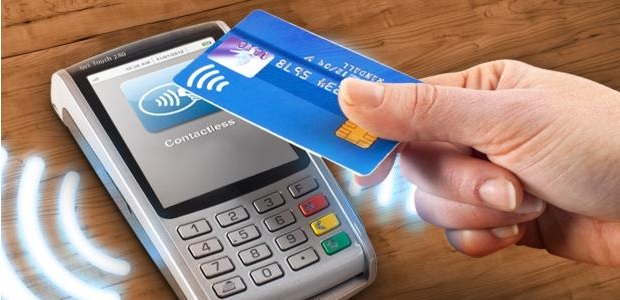The UK Cards Association: „contactless cards went mainstream in 2015”

In 2015, £7.75 billion was spent using contactless cards, compared to £2.32 billion in 2014, reflecting the increase in the payment limit to £30 and the growth of contactless transport ticketing, The UK Cards Association’s report UK Card Payments 2016 shows.
The growth in spend increased more than the growth in the number of contactless cards, with 49 per cent of the cards in issue having contactless functionality by December 2015, The UK Cards Association, which represents banks and cards issuers, says.
Transport operators and local authorities across the country are now seeking to emulate London’s experience of accepting contactless cards as a method of paying for travel, while charities are also working on contactless giving initiatives.
Consumers began to make card payments without their physical cards, as devices such as enabled smartphones and smartwatches allowed contactless payments.Meanwhile, similar innovation within retail saw an increasing number of businesses begin to use mobile point-of-sale devices, giving them scope to adapt the way they serve customers and accept payments.
As of 2015 there are more than one million businesses accepting card payments, reflecting both retailers’ increasing recognition of the benefit of accepting card payments and the demand for flexibility and convenience from consumers. As a result, consumers can now choose to use their cards at any of 1.2 million individual outlets in the UK.
In total, consumers spent £660 billion on debit and credit card purchases in 2015, an increase of 10 per cent from 2014, the publication shows.
Graham Peacop, Chief Executive of The UK Cards Association, said:
“With the amount spent using contactless cards almost trebling between 2014 and 2015 and the payment limit increasing to £30, it is clear 2015 was the year contactless went mainstream. Whether buying a sandwich on the go, or paying for a round of drinks or a tube journey, contactless has become the default way people choose to pay for every day shopping.
“A wide range of retailers are moving away from simply offering a traditional high street experience to embrace e-commerce and innovative ways of taking payments. At the same time, consumers are increasingly using their cards, and especially their contactless cards, for smaller and smaller purchases. With such convenience and flexibility, payment cards will continue to play a central role in the future.”
Card spending online was up 20 per cent, to £210 billion from £175 billion in 2014. By the end of 2015 half of online spending took place on tablets and smartphones, up from 37 per cent in 2014. It means almost a third of card spending now takes place via the internet.
Supermarkets were the most popular destination for shoppers, which saw spending of £102 billion, equivalent to one in every seven pounds spent on cards. The average supermarket shop on a card is now £24.55, down from £26.11 in 2014, reflecting changing habits which sees consumers shopping little and often, and the migration of low-value purchases from cash to card.
Food and drink was the most common category for card payments, representing a third of all card purchases. The entertainment sector accounted for 15 per cent of purchases and saw a 20 per cent growth in the number of payments, with 26 per cent more card payments in restaurants.
UK Card Payments 2016 predicts debit cards will be used for 21 billion payments in the UK, worth £856 billion, by 2025. The next generation of account holders are expected to be a major factor in the predicted growth of card payments, with younger people more likely to embrace new technologies such as contactless cards and mobile payments, and to contribute to the growth of e-commerce.
Source: theukcardsassociation.org.uk
Dariusz Mazurkiewicz – CEO at BLIK Polish Payment Standard
Banking 4.0 – „how was the experience for you”
„To be honest I think that Sinaia, your conference, is much better then Davos.”
Many more interesting quotes in the video below:










